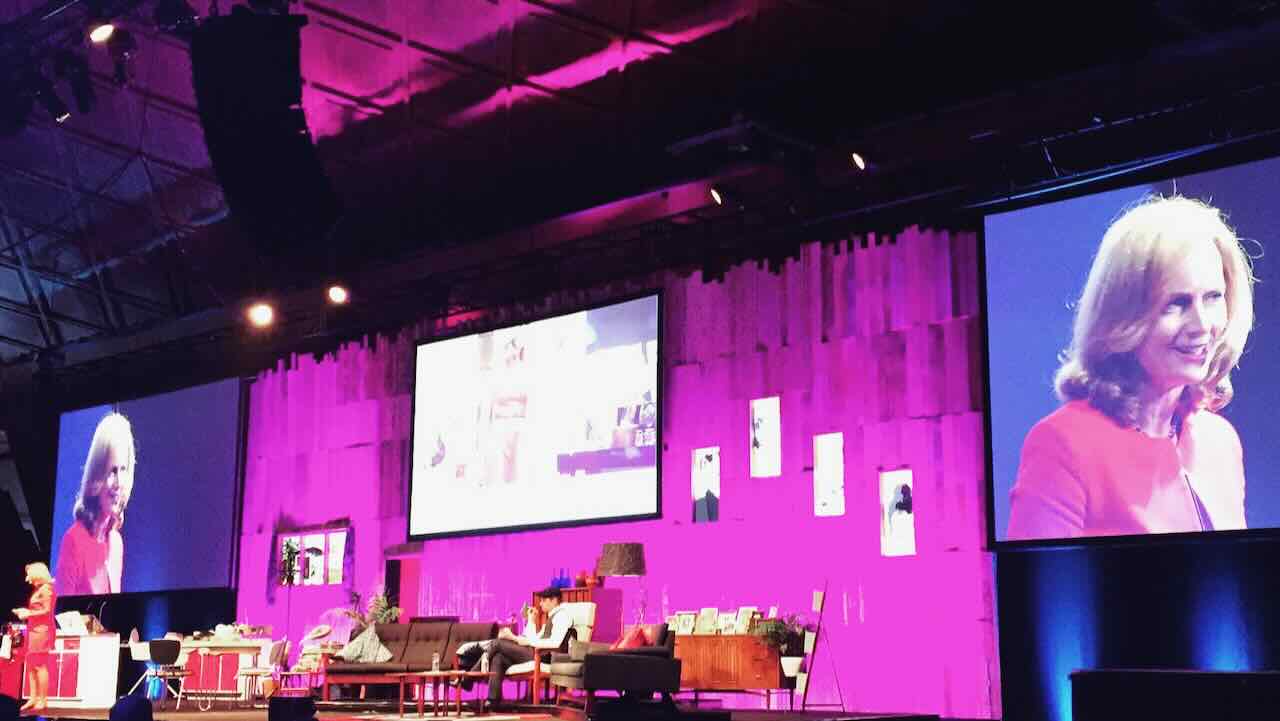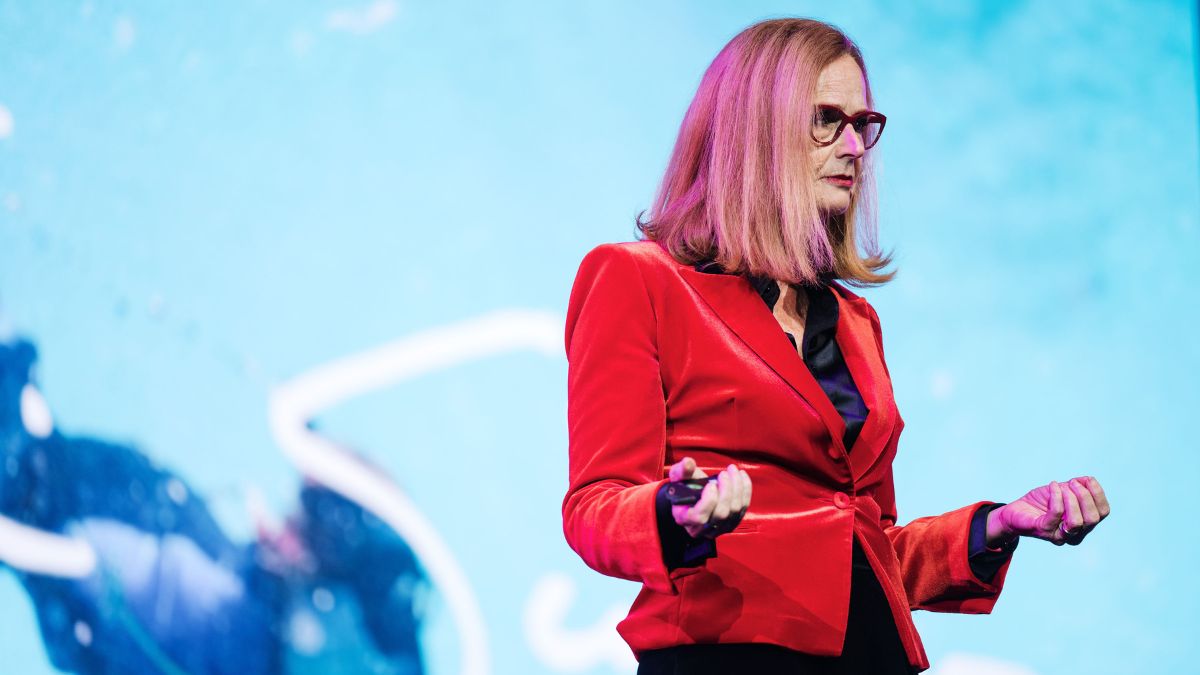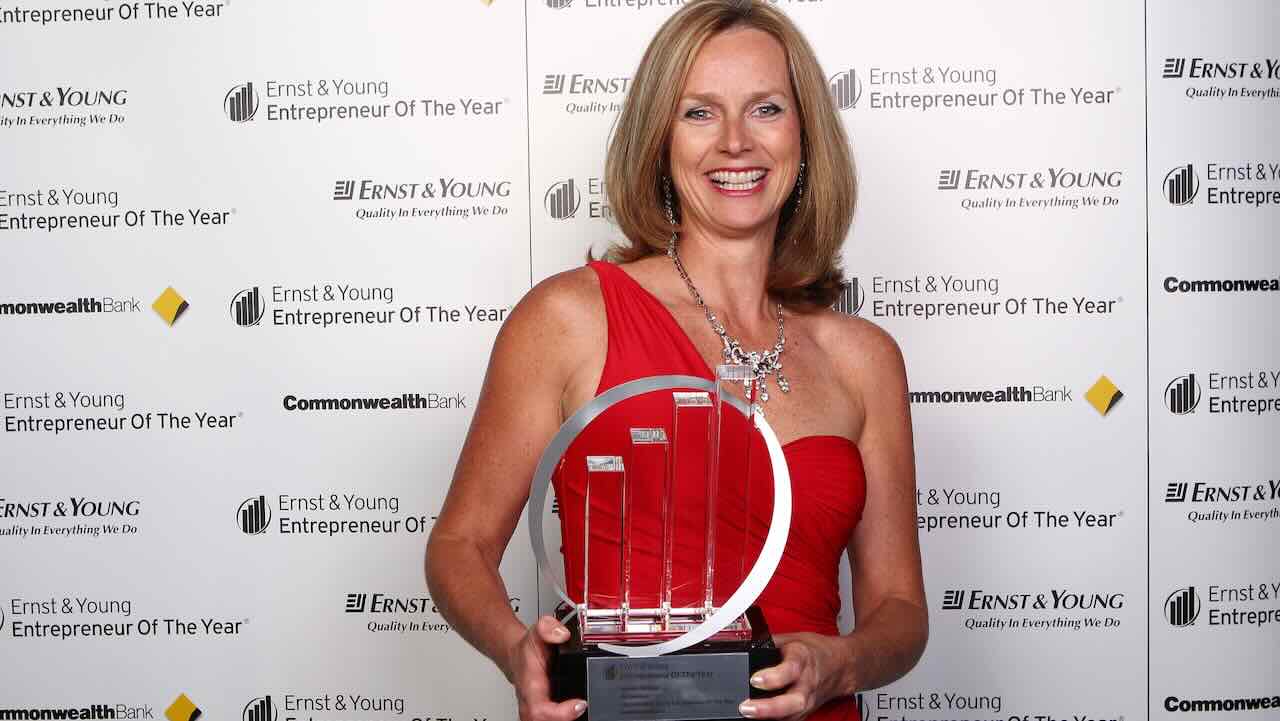The Obsession That Matters
I want you to think back to a time when you were just starting out. I remember it so clearly for myself. I remember when I had no customers. In fact, I remember the pure, joy of getting my very first one. It was a feeling of responsibility (we are trusted) and optimism - if there is one there could be more.
And in those early days, I was obsessed. I was obsessed with that one customer. What could I learn? How could I improve? I wanted to know everything about them. What did they love? What frustrated them? How could I make the experience not just good, but unforgettable? I knew that if they loved it they might just tell others about it. Audiences are fascinated about the early days of start up - but each keynote draws on lessons from the past with a view to the future - and how they apply today.
Now, I want you to ask yourself a powerful question: What would your business look like if you treated every single customer with the same level of obsessive care and curiosity as you treated your very first one?
How would you listen to them? What would you learn from them? How would that deep, personal connection change the very fabric of your company?
This, in its essence, is the philosophy that has guided my entire career. It is the heart of what I call being customer obsessed.
In today's world, we are drowning in data, we are armed with powerful AI tools, and we are constantly analysing trends. These are all incredibly valuable. But in our rush to embrace the technological, we are at risk of forgetting the fundamental, timeless truth of business: we are in the business of serving human beings.
As I often say, AI is for tasks, but relationships are for people. And the companies that will win in the decades to come will be the ones that master the art of building genuine, human-to-human relationships at scale.
This is not just a "nice-to-have" cultural value. It is the single most powerful and most sustainable competitive advantage you can build. It is the deep, defensive moat that no competitor, no matter how big or well-funded, can easily cross.
So today, I want to take you on a journey to redefine your relationship with your customer. We will go beyond the buzzword of "customer-centricity" and into the passionate, all-in commitment of "customer obsession." This is my definitive, from-the-trenches guide to winning hearts, building lifelong loyalty, and creating a business that people don't just transact with, but truly believe in.
The Mindset Shift - From Customer-Focused to Customer-Obsessed

The first and most important step is to understand the profound difference between being "customer-focused" and being "customer-obsessed." The terms sound similar, but they represent two completely different worlds.
- A Customer-Focused company asks, "What do our customers want?" and then tries to provide it. It is a reactive posture. It looks at the customer from the outside in.
- A Customer-Obsessed company asks, "What would it be like to be our customer?" It seeks to understand their world, their frustrations, their secret hopes, and their unstated needs with a level of empathy that is almost radical. It is a proactive, deeply empathetic posture. It works from the inside out.
When I started RedBalloon, it would have been easy to be "customer-focused." Customers wanted gift vouchers, so we sold gift vouchers. But to be obsessed, we had to go deeper. We had to understand the emotional job the customer was hiring us to do.
A person buying a gift is not just buying a product. They are trying to say, "I love you," "I appreciate you," "I'm thinking of you." They are fraught with anxiety: "Will they like it? Is it the right thing? What if they already have one?"
Our obsession became about solving that anxiety. This is what led to one of our most powerful innovations: the ability for a recipient to easily exchange their voucher for any other experience on the site, no questions asked. We took the risk away from the gift-giver. We obsessed over their fear, not just their request.
That is the difference. A customer-focused company improves the product. A customer-obsessed company improves the customer's life.
The Anatomy of Obsession - The Three Pillars of a Customer-Centric Culture
True customer obsession is not the job of your customer service department. It is the job of everyone. It must be a cultural value that is woven into the very DNA of your organisation, from the CEO to the newest intern. In my experience, a truly customer-obsessed culture is built on three powerful, interconnected pillars.
Pillar 1: Radical Empathy (The Foundation of Listening)
You cannot be obsessed with a customer you do not understand. You must build systems and rituals for deep, continuous listening.
- Get Out of the Boardroom: Data is invaluable, but it is not a substitute for human conversation. As a leader, you must have regular, direct contact with your customers. For years at RedBalloon, I would personally spend time on the phones in our call centre, especially during the busy Christmas period. Listening to the raw, unfiltered voice of the customer—their frustrations, their questions, their moments of delight—was the most valuable market research I could ever do.
- Empower Your Front Line: Your customer service team is not a cost centre; they are your most valuable intelligence-gathering unit. You must create a system for them to capture, categorise, and feed customer insights back to the rest of the business. They are the canaries in the coal mine; they will hear about a problem with your website or your product long before your analytics do.
- Build a "Voice of the Customer" Program: Systematically gather feedback at every key touchpoint of the journey. Use tools like the Net Promoter Score (NPS), but don't just fixate on the number. Obsess over the comments. That is where the real gold lies.
Pillar 2: Universal Ownership (The "It's My Job" Culture)
In a truly customer-obsessed organisation, there is no such thing as "that's not my department." Every single person, from the accountant to the software engineer, understands that they have a direct impact on the customer experience.
- Connect Every Role to the Customer: You must relentlessly tell the story of how each team's work affects the end user. The accountant who processes a refund quickly is creating a positive final touchpoint. The engineer who improves website speed is reducing customer frustration. Make these connections explicit.
- Celebrate Customer-Centric Behaviours: Your employee recognition program must have a strong focus on celebrating team members who have gone above and beyond for a customer. When you publicly celebrate an employee for a heroic act of customer service, you are sending a powerful message to the entire company about what is truly valued.
- Empower Your Team to Solve Problems: Give your front-line team the autonomy and the authority to solve customer problems on the spot, without having to escalate to a manager. This shows that you trust your team, and it creates a far better and faster resolution for the customer.
Pillar 3: The Art of the Story (Building Your Customer-Centric Mythology)
Facts and figures are forgotten. Stories are remembered and repeated. A customer-obsessed culture is built on a foundation of legendary stories.
- Collect and Circulate "Wow" Stories: Create a ritual of sharing incredible customer service stories in your all-hands meetings or on a dedicated internal channel. These stories become the mythology of your company. They are the modern-day fables that teach your team, "This is how we do things here."
- The Founder as Chief Storyteller: As the leader, you must be the keeper of these stories. When I stood on the stage at a conference, I didn't just talk about RedBalloon's growth; I told the story of a specific customer, of a specific "wow" moment, of a life that was made a little more magical by what we do. Stories are what connect your team's daily work to a bigger, more human purpose.
- Turn Your Customers into Your Storytellers: The ultimate proof of your obsession is when your customers start telling your story for you. Encourage reviews. Showcase testimonials. Run competitions for the best user-generated content. When your customers become your most passionate advocates, you have built an unstoppable marketing engine.
The Hard Part - Making the Tough, Customer-Obsessed Choices

Being truly customer-obsessed is not always easy. In fact, it often requires you to make difficult, and sometimes seemingly counter-intuitive, business decisions.
It means being willing to:
- Invest in "Unscalable" Things: It means having real, knowledgeable human beings answering your phones, even when a chatbot might be cheaper. It means including a handwritten thank-you note in an order, even when it adds a few seconds to your packing time. These are the human touches that a faceless competitor cannot replicate.
- Prioritise Long-Term Loyalty Over Short-Term Profit: It means sometimes giving a refund even when your terms and conditions say you don't have to. It means proactively reaching out to a customer you know had a less-than-perfect experience and making it right. It is the understanding that the lifetime value of a loyal, happy customer is infinitely greater than the short-term cost of keeping them happy.
- Have the Courage to Say "No": A deep understanding of your ideal customer also gives you the clarity to know who is not your ideal customer. Being obsessed with your tribe means having the courage to "fire" the toxic, high-maintenance, and unprofitable customers who drain your team's energy and morale, so you can focus all your resources on delighting the customers who truly matter.
The Only Strategy That Cannot Be Copied
In the end, you can have the best product, the cleverest marketing, and the most aggressive pricing. But in the modern economy, all of these things can and will be copied by your competitors.
The one thing they can never replicate is the genuine, emotional connection you have with your customers. Your culture of customer obsession is your deepest, most defensible moat. It is the source of your most powerful innovations. It is the engine of your most sustainable growth. And it is the foundation of a business that is not just profitable, but a genuine force for good in the lives of the people it serves.
Obsession is not a ‘dirty’ word.





